Where to dig in?
Want to know what the best soil for gardening is? You’ll find the best garden success starts with understanding your soil type and choosing compatible plants. Loamy soil, with its 40-40-20 sand-silt-clay ratio, works perfectly for most plants including roses and fruit trees. Sandy soil drains quickly, making it ideal for Mediterranean herbs like rosemary and lavender. Clay soil retains nutrients well, supporting perennials such as daylilies and hostas. Peaty soil‘s acidity suits blueberries and azaleas perfectly. Proper soil-plant matching creates thriving gardens with less maintenance and healthier growth throughout your growing seasons.
Understanding the Five Primary Soil Types for Gardens
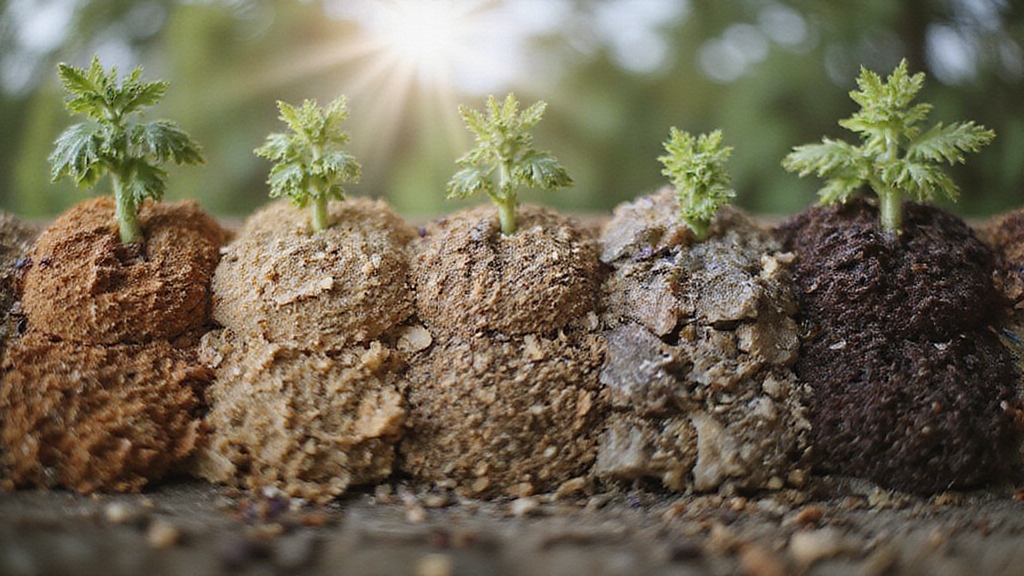
Every successful garden starts with understanding your soil type, and knowing which of the five primary categories you’re working with will transform how you approach planting, watering, and fertilizing.
Understanding your soil type is absolutely essential and will completely revolutionize your gardening approach from day one.
Sandy soil feels coarse and gritty, drains quickly, but lacks nutrients and dries out fast. Clay soil appears dense and sticky when wet, holds nutrients tightly, yet creates drainage problems and compaction issues. Silty soil feels smooth and slippery, retains moisture well, and offers rich nutrients when properly managed.
Peaty soil looks dark and spongy, contains high organic matter, but tends toward acidity and waterlogging. It’s important to consider adding components like peat moss to enhance moisture retention and maintain the soil structure in your garden. Chalky soil feels light and gritty, drains rapidly, yet restricts nutrient availability due to its alkaline nature. The best growing conditions typically come from loamy soil, which combines clay, silt, and sand to create an ideal balance of drainage and nutrient retention.
You’ll need to identify your specific soil type before selecting plants or making improvements to guarantee gardening success.
Loamy Soil: The Gold Standard for Most Plants
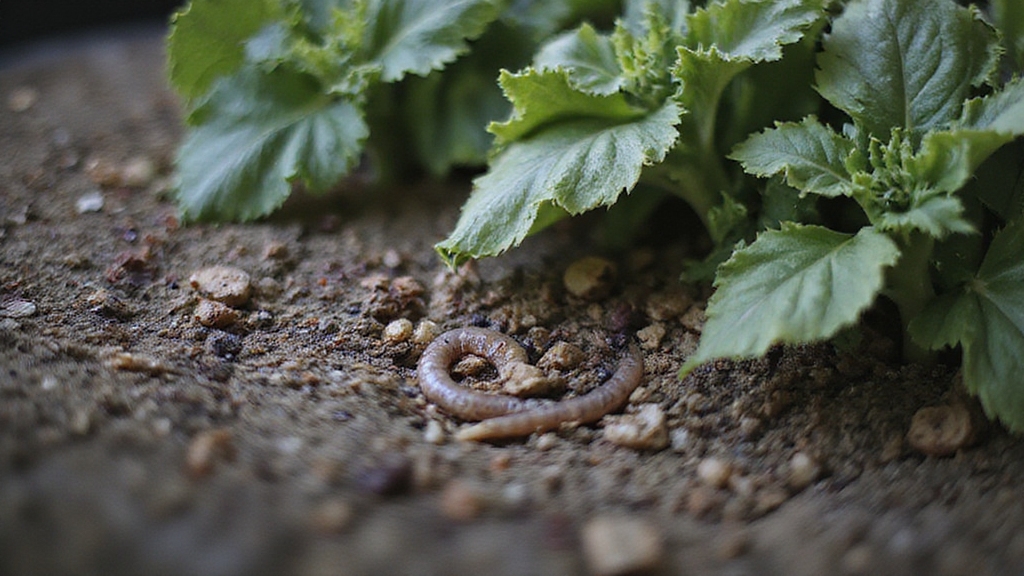
When gardeners dream of perfect soil, they’re envisioning loam—a balanced blend of sand, silt, and clay that creates ideal growing conditions for nearly every plant in your garden.
What Makes Loam Special
Loam contains a 40-40-20 ratio of sand, silt, and clay, creating the perfect balance of drainage and moisture retention. You’ll notice its crumbly texture allows excellent aeration, giving roots room to spread and absorb nutrients efficiently. Using organic fertilizers like blood meal can enhance loamy soil by providing a rich source of nitrogen, further boosting plant health.
Why Plants Love Loamy Soil
This soil type offers consistent nutrient availability through its rich humus content and clay particles. You can grow vegetables, fruits, flowers, trees, and herbs successfully because loam drains better than clay while retaining moisture longer than sandy soils, supporting healthy plant development across diverse garden varieties. Crops like pea can be cultivated successfully in both sandy loam and clay loam soil variations.
Sandy Soil: Managing Light and Fast-Draining Conditions
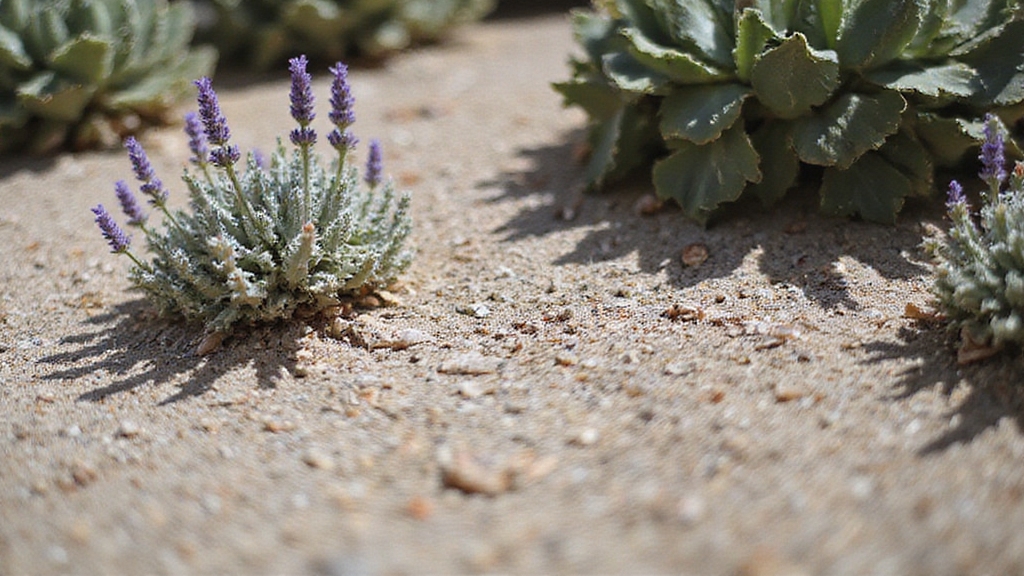
While loamy soil represents the ideal growing medium, sandy soil presents a completely different set of opportunities and challenges that require specific management strategies.
Understanding Sandy Soil’s Unique Properties
Sandy soil’s large particles create excellent drainage, preventing waterlogged roots and root rot. However, this same characteristic means you’ll need to water more frequently, as moisture drains away quickly. Sandy soil warms up faster in spring compared to heavier clay soils, giving you an earlier start to the growing season. Amendments such as compost and perlite can improve soil structure, enhancing both nutrient retention and drainage simultaneously.
Essential Improvements You Can Make
Add compost regularly to boost nutrient retention and water-holding capacity. Apply mulch around plants to conserve moisture and prevent erosion. Use slow-release fertilizers since nutrients leach away rapidly in sandy conditions.
Plants That Thrive in Sandy Soil
Choose Mediterranean herbs like rosemary and thyme, root vegetables such as carrots and radishes, or drought-tolerant plants that naturally prefer well-draining conditions.
Clay Soil: Working With Heavy, Nutrient-Rich Earth
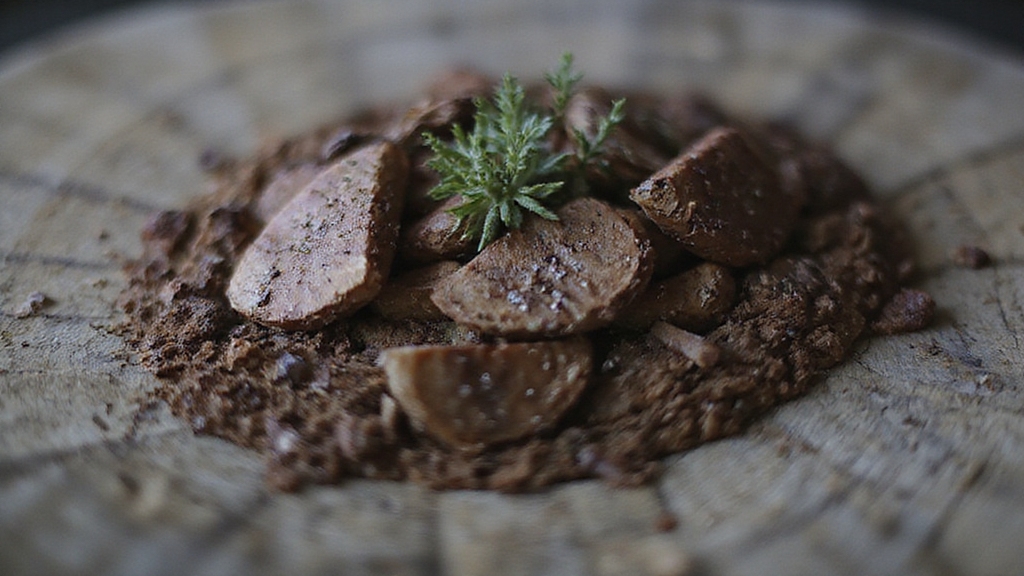
If you’ve been struggling with clay soil, you’re actually working with one of nature’s most nutrient-rich growing mediums. Clay’s fine particles hold water and nutrients exceptionally well, creating ideal conditions for many plants. However, you’ll need to address its heavy, compacted nature.
Clay soil’s nutrient-dense particles excel at retaining water and minerals, but require management to overcome natural compaction issues.
Improving Clay Structure
Add organic matter like compost or manure to enhance drainage and workability. Apply mulch to prevent surface cracking and moisture loss. Use a fork aerator to relieve compaction without damaging soil structure. For larger soil areas, selective/non-selective herbicides can aid in managing weeds without disturbing clay’s natural balance.
Best Plant Choices
Select plants that thrive in moisture-retentive conditions. Shrub roses, willow trees, and daylilies perform excellently. Vegetables like carrots, beets, and potatoes adapt well to clay’s density. Clay provides a firm grip for plant roots, helping them withstand temperature and moisture extremes.
Regular maintenance and proper plant selection transform challenging clay into productive garden soil.
Silty Soil: Optimizing Soft, Fertile Growing Medium
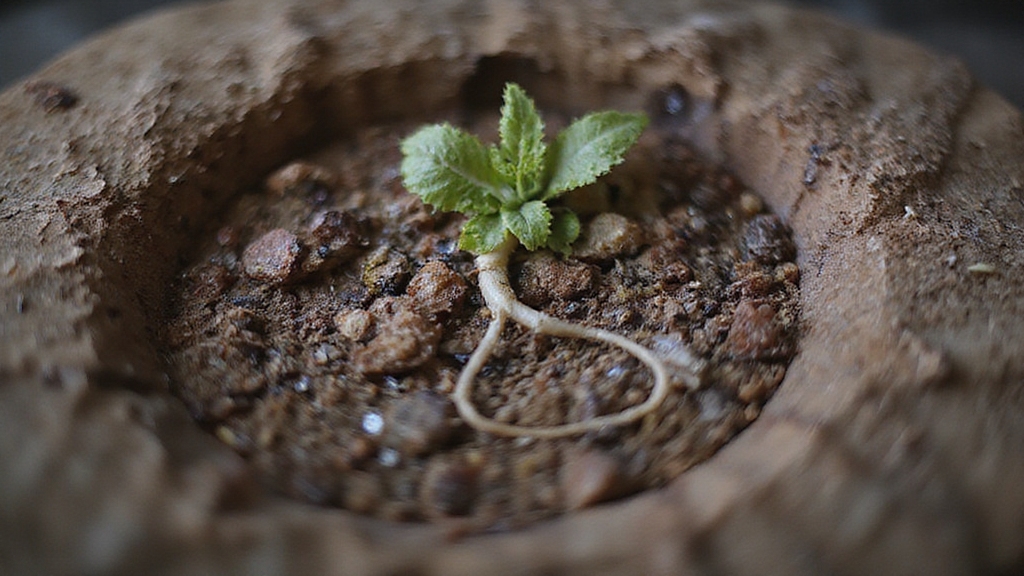
You’ve discovered one of gardening’s best-kept secrets if you’re working with silty soil. This velvety-textured medium offers excellent nutrient retention, moderate drainage, and remarkable workability that makes gardening tasks easier.
Silty soil’s fine particles, formed through natural erosion processes, create an ideal balance between clay’s nutrient-holding capacity and sand’s drainage properties. You’ll find this lightweight soil easy to cultivate when dry, though it becomes slippery when wet.
Key advantages of silty soil include:
- Rich mineral content that supports healthy plant growth across vegetables, flowers, trees, and herbs
- Balanced water management that prevents both drought stress and waterlogging when properly maintained
- Forgiving texture that accommodates gardening mistakes while remaining favorable for cultivation
With expert insights from books like “Rodale’s Basic Organic Gardening,” you can master techniques for organic practices that enhance the health and vitality of your garden. However, you’ll need to prevent compaction through regular tilling and organic matter additions to maintain prime growing conditions. The soil’s robust yet delicate structure requires careful management to preserve its loose particle binding and optimal growing environment.
Peaty Soil: Amendments and Acidic Plant Selection
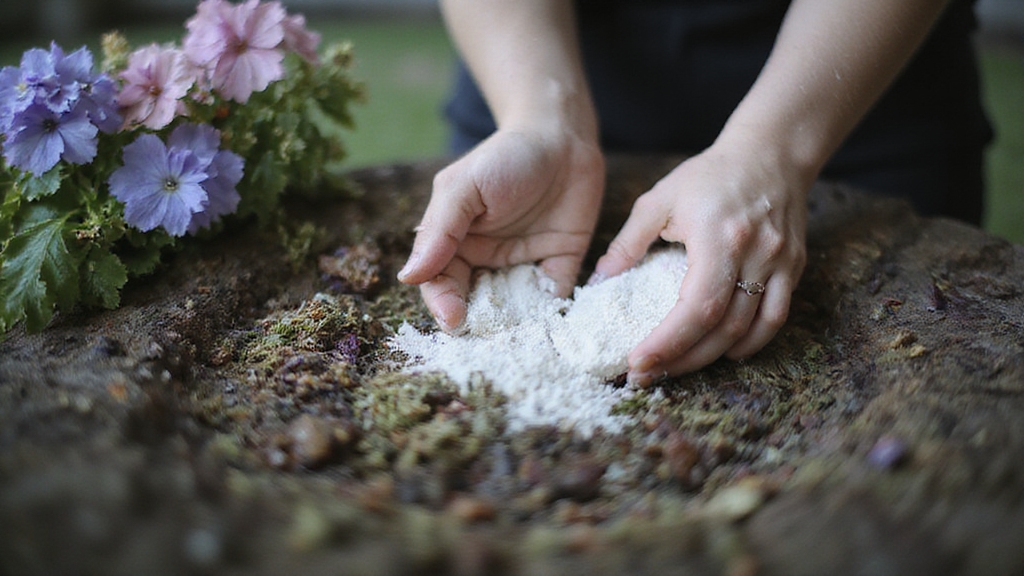
Although peaty soil presents unique challenges, this dark, spongy medium offers exceptional opportunities for acid-loving plants when properly managed.
Understanding Peaty Soil’s Nature
Peat soil forms over thousands of years from partially decomposed plant material, creating a highly acidic, moisture-retentive environment. While it’s rich in organic matter, it lacks essential nutrients and can hold water excessively. Johnny’s Selected Seeds offers extensive organic and heirloom selections, which gardeners often use to complement soil types like peaty soil.
Essential Amendments
You’ll need to improve drainage by mixing coarse sand or perlite into your peaty soil. Add lime to adjust pH levels, and incorporate organic fertilizers to boost nutrient content. Consider building raised beds for better aeration. Most peat bogs in the United States are sourced from Canada, making this amendment widely available for gardeners.
Perfect Plant Choices
Azaleas, rhododendrons, and blueberries thrive in peat’s acidic conditions. Heather, witch hazel, and cabbage also perform well with proper supplementation, making your peaty garden productive and beautiful.
Matching Plants to Your Soil Type for Garden Success

Five distinct soil types define your gardening landscape, and understanding their unique characteristics forms the foundation for plant selection success. You’ll discover that sandy soil works perfectly for herbs like rosemary and lavender, while clay soil supports perennials such as daylilies and hostas. Loamy soil accommodates nearly everything, from roses to fruit trees. For improved gardening precision, consider using top-rated gardening tools such as the Kent and Stowe Capability Trowel, which can greatly aid in planting, pruning, and soil management.
Essential Steps for Soil-Plant Matching:
- Test your soil type using the squeeze test or professional analysis to identify drainage patterns, particle size, and nutrient levels
- Select compatible plants that naturally thrive in your soil’s moisture retention, pH levels, and structural characteristics
- Monitor and adjust irrigation schedules based on your soil’s water-holding capacity and seasonal drainage changes
You’ll achieve better growth rates, reduced maintenance needs, and healthier plants when you match species to their preferred soil conditions. Loamy soil stands out as the ideal type for most gardening applications due to its balanced mixture of sand, silt, and clay particles.
Frequently Asked Questions
How Do I Test My Soil Type at Home Without Professional Tools?
You can easily test your soil type using simple household items. Fill a clear jar with one part soil and two parts water, shake it well, then let it settle overnight. You’ll see distinct layers: sand settles first at the bottom, silt forms the middle layer, and clay sits on top. Measure each layer to determine your soil’s composition and texture type.
Can I Mix Different Soil Types to Create Better Growing Conditions?
You can definitely mix different soil types to create better growing conditions for your plants. Combining soils improves drainage, adds nutrients, and balances texture.
Try mixing one-third topsoil, one-third compost, and one-third coarse sand for a general garden blend. Add organic matter to clay soil for drainage, or mix compost into sandy soil for moisture retention.
How Often Should I Amend My Soil Throughout the Growing Season?
You should amend your soil based on what you’re growing. Apply amendments annually in fall or early spring for best results.
Vegetables need yearly spring amendments, while flowers require annual compost plus possible mid-season feeding. Shrubs need amendments only once yearly.
Add 2-3 inches of compost per 100 square feet, and monitor plant health throughout the season to determine if additional mid-season amendments are necessary.
What’s the Best Time of Year to Improve Poor Soil Quality?
You’ll achieve the best results by improving poor soil quality during late summer to early fall. This timing gives you access to abundant organic materials like fallen leaves, and it allows amendments to decompose over winter.
Your soil will be enriched and ready for spring planting. Fall applications integrate better than spring additions, since organic matter has months to break down naturally.
Do Container Plants Need the Same Soil Considerations as Garden Beds?
Container plants need completely different soil considerations than garden beds. You can’t use regular garden soil in containers because it compacts, drains poorly, and causes root rot.
Instead, you’ll need specialized potting mix that’s lighter, drains faster, and retains just enough moisture.
Containers also dry out quicker and lose nutrients faster, so you’ll fertilize more frequently than garden beds.
Conclusion
You’ve learned about the five main soil types, and now you’re ready to match plants with your specific growing conditions. Test your soil first, then choose plants that’ll thrive naturally in what you’ve got. Don’t fight your soil type—work with it instead. Whether you’re dealing with sandy drainage or clay retention, you’ll create a successful garden by selecting the right plants for your unique soil conditions.
